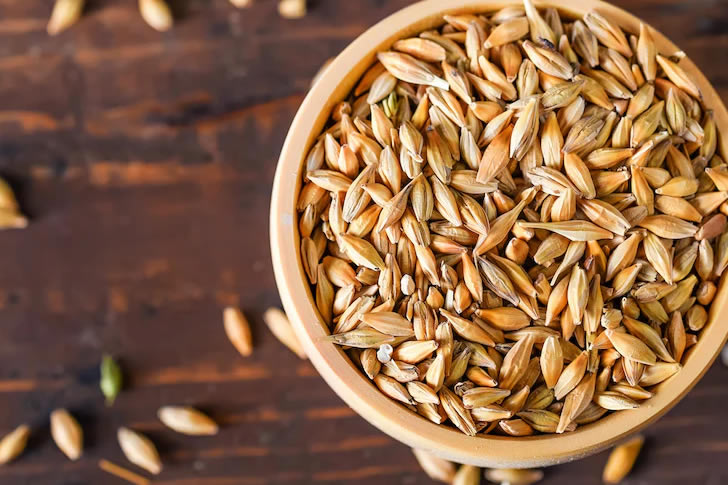Grain and Barley

In ancient Mesopotamia and Egypt, grain wasn’t just food—it was currency. Temples and palaces collected taxes in the form of barley, which was stored in massive granaries. Workers were often paid in sacks of grain, and transactions were tracked on clay tablets—some of the world’s first written financial records.
This system was effective because everyone needed grain and its value was relatively stable. However, spoilage and pests made it imperfect. Still, for thousands of years, the price of bread, labor, and land hinged on the humble grain—a simple seed that fed both bellies and economies.
Advertisements
Advertisements
Advertisements












